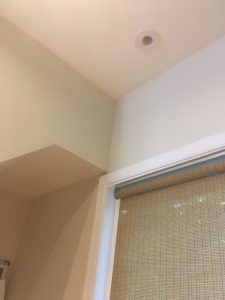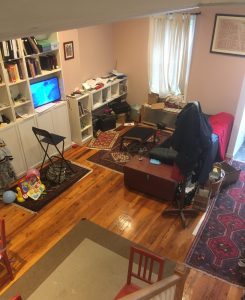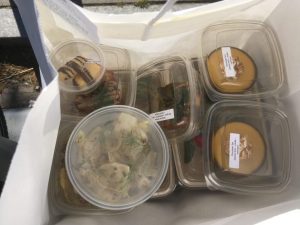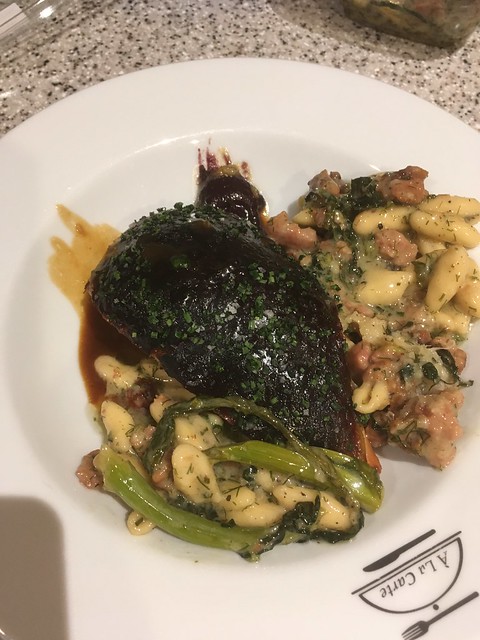 So the weather was nice and I was walking home from picking up some Korean takeout and had stopped to grab a to go margarita. While walking and getting a buzz I thought to myself, “You want to give up all this?”. The Korean place had always had take out as an option and the to-go cup of booze was thanks to COVID-19 and the doing away with rules and laws, I once supported. Seriously, that’s weird. I would have fought tooth and nail against what I was enjoying that moment 15-20 years ago.
So the weather was nice and I was walking home from picking up some Korean takeout and had stopped to grab a to go margarita. While walking and getting a buzz I thought to myself, “You want to give up all this?”. The Korean place had always had take out as an option and the to-go cup of booze was thanks to COVID-19 and the doing away with rules and laws, I once supported. Seriously, that’s weird. I would have fought tooth and nail against what I was enjoying that moment 15-20 years ago.
Anyway, I was enjoying the coolness of my neighborhood, despite the lockdown.
I’ll have to admit I’ve mentally had one foot out the door for a while now and all the stuff we need to do to get the house ready for sale is making thing real. It has made me see all that we’d be giving up and losing when we eventually move up the Route 1 corridor into Maryland. I’d lose the walkability I’ve enjoyed for years and the semi-reliable public transit. I’d also lose bike lanes that make sense and my choice of CaBi stations withing 1 or 2 blocks from me. and more importantly, I’d lose all the great restaurants.
We’ve decided on some compromise, rent in the TC (’cause baby I still love you) until we find a permanent home in the Riverdale/ Hyattsville area that speaks to us. So for a few months at least we can enjoy our neighbors, this place, and whatever is open, no matter how limited.
Why are we leaving? I’m gonna blame Destructo. After that the lockdown with Destructo. If it weren’t for being married and having a kid, I guess I would have been fine with where my career is. So part is the move to be closer to the place where there is room for advancement. The other part relates to my spouse and my desire for him to walk to work. And then there is Destructo-kid. Being stuck in the house with him for nearly 3 months with no parks and no large yard, and all his massive toddler-boy energy takes a toll.
We aren’t moving to PG County for the schools, I can’t think of anyone who moved to PG County FOR the schools. MoCo yes, PG, no.
Sadly it seems DC is becoming harder for parents of small kids. The city closed the daycares, the schools, the libraries, and the parks and really didn’t provide any real support for parents after taking away many of the things that made urban parenting do-able. Two families on my block already have pulled up stakes, we’d be number 3.
The apparent loss of a functional Pre-K3 that provided education and childcare was the last straw. It was the thing that set Dc apart in the region. I know school districts all over the US are up poop creek for 2020-21. But the point of sticking around longer than we planned is out the window.
But this is still a great place for the childless. You too can walk down the street sipping a margarita while walking home with some super tasty Korean food. My single 30 something year old self would have really like this.






